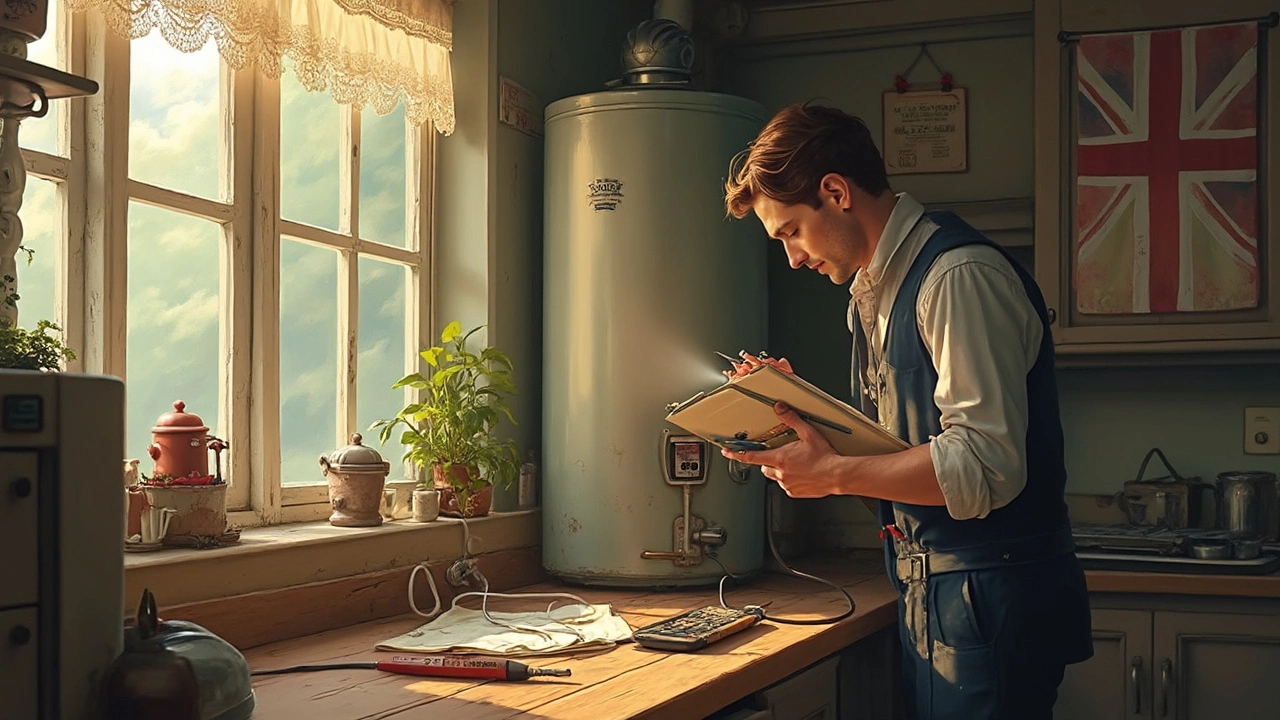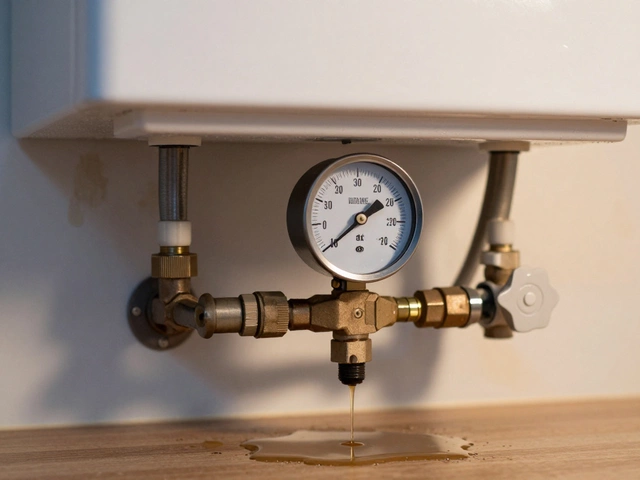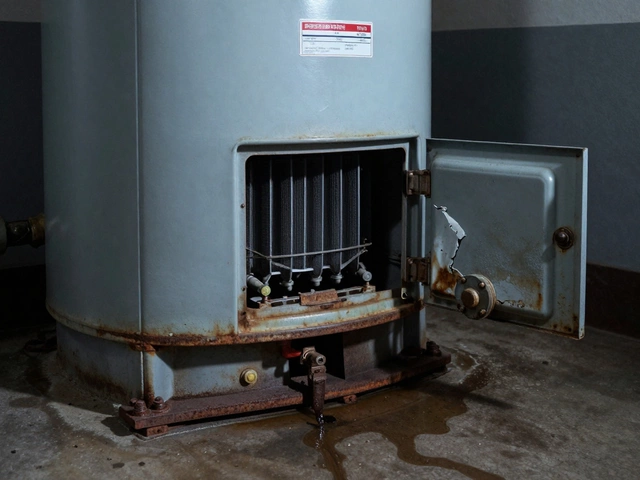Hot Water Heater Repair: Fast Fixes & Pro Tips
If your shower suddenly turns cold, you’re not alone. A hot water heater can act up for many reasons, and most of them are easy to spot. Before you call anyone, grab a flashlight and run through a few basic checks. Doing this saves time, money, and the headache of waiting for a technician.
Common Hot Water Heater Problems
First, notice the symptoms. No hot water at all? That could be an electrical issue, a tripped breaker, or a dead pilot light if you have a gas unit. Odd noises like popping or rumbling often mean sediment buildup at the bottom of the tank. Leaking water around the base signals a cracked tank or a loose pipe. Finally, if the water is lukewarm rather than piping hot, the thermostat may be set too low or the heating element could be failing.
Do‑It‑Yourself Fixes You Can Try
Start with safety: turn off the power at the breaker for electric heaters, or shut off the gas supply for gas models. Then, try a quick reset. Most electric heaters have a red reset button near the thermostat—press it for a few seconds, then restore power. If the water is still cold, check the thermostat setting; 120‑130°F (49‑54°C) is ideal for most homes.
For gas heaters, look for the pilot light. If it’s out, follow the manufacturer’s relighting instructions—usually a knob to turn, a waiting period, and a button to ignite. While you’re at it, inspect the pressure‑relief valve by lifting its lever; you should hear a brief hiss. If the valve leaks after you release it, it needs replacement.
Another easy fix is flushing the tank. Sediment buildup reduces efficiency and can cause noises. Turn off the heater, attach a garden hose to the drain valve, and let the water run until it’s clear. This simple step often restores heat and cuts down on noisy rumbling.
If you’ve tried these steps and still have problems—especially persistent leaks or a continuously tripping breaker—it’s time to call a pro. A licensed technician can test heating elements, replace a faulty thermostat, or assess a tank for corrosion. Trying to fix a cracked tank yourself is dangerous and can cause water damage.
Regular maintenance keeps the heater running longer. Set a reminder to flush the tank once a year, check the anode rod for corrosion, and test the pressure‑relief valve every six months. Small actions now prevent big repairs later.
Bottom line: most hot water heater hiccups can be diagnosed in ten minutes and fixed with a few tools. When safety or major parts are involved, a professional is the smart choice. Keep your bathroom warm and your bills low by staying on top of these easy checks.
22 February 2025
·
0 Comments
When your hot water heater stops working, it's not just an inconvenience—it's a call for action. Before you panic, perform some simple checks to diagnose common issues. From checking the power source to inspecting the pilot light, these steps can often help resolve the problem quickly. Knowing what to look for can save you from unnecessary repair costs and cold showers. Familiarize yourself with these troubleshooting steps and make sure your hot water heater is in top shape.
Read more



